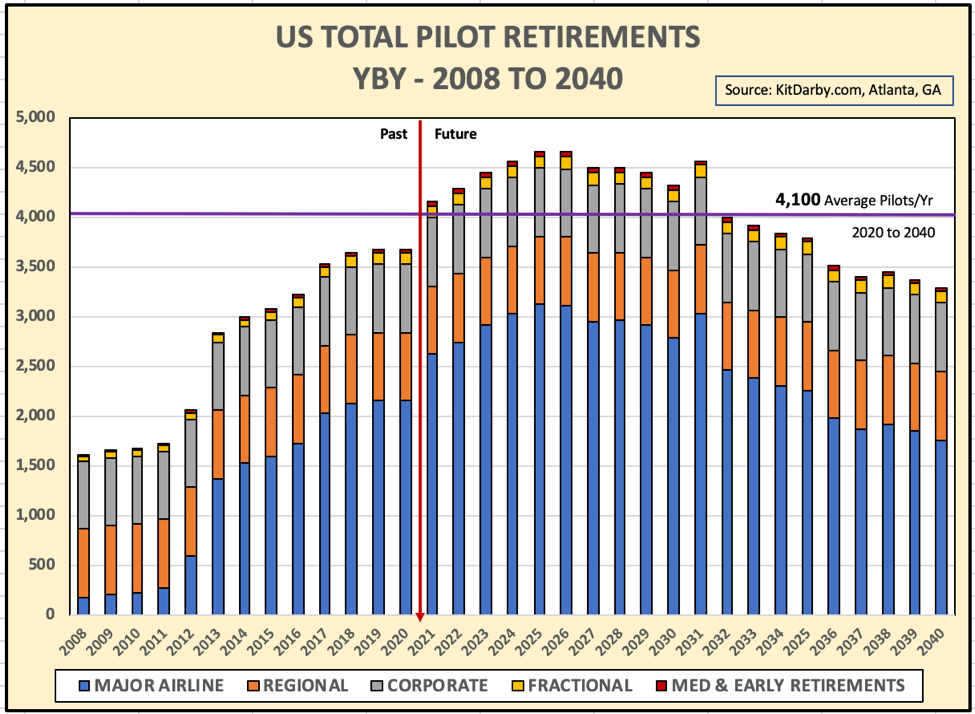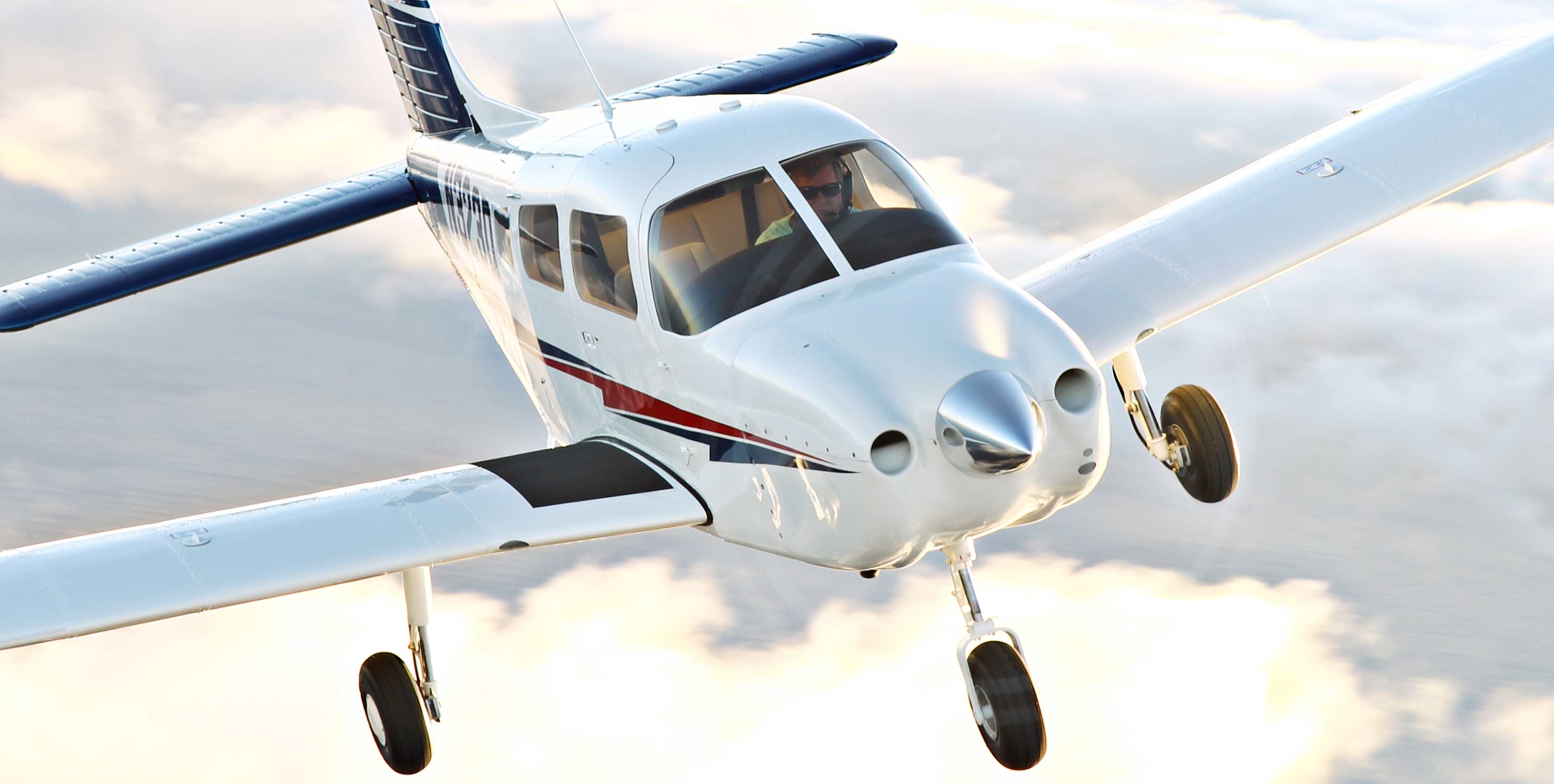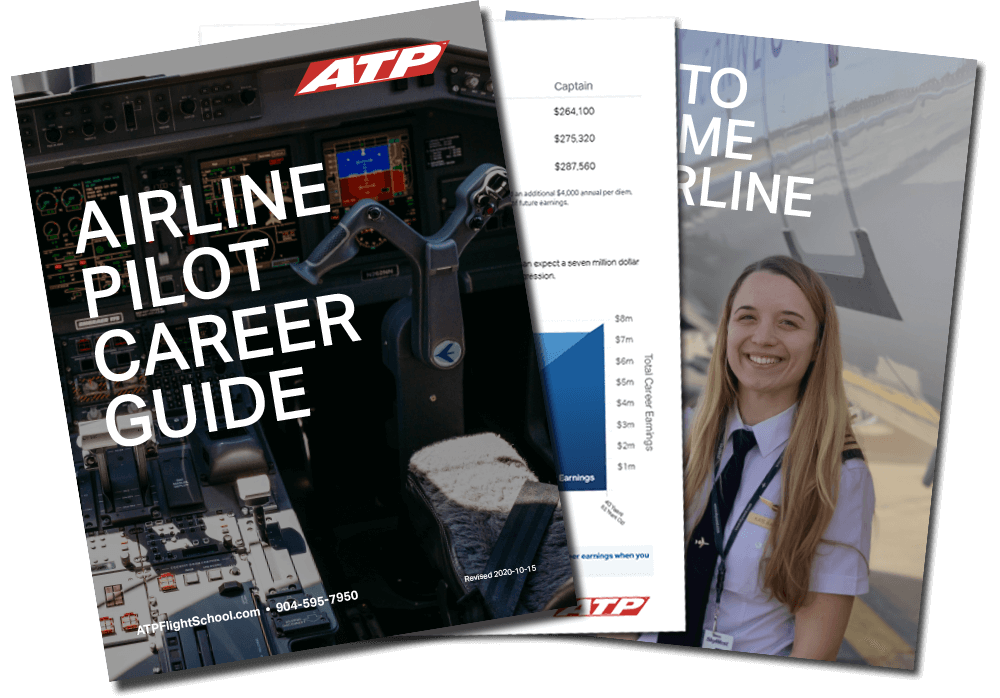COVID-19 & The Airline Industry Recovery — Kit DarbyWhat Does The Future Hold for Airline Pilots?
Kit Darby is an established aviation consultant and retired airline captain, who has spent his career advising future airline pilots, industry professionals, and providing analysis on airline hiring trends and demand. Approaching the recent disruptions in the industry with 35 years of experience, he has provided the following insight into the state of the industry and projected recovery.
Key Takeaways:
- Pilot hiring will recover to 70-80% of previous levels in one year or less, with a two to three-year recovery, back to the previous levels and beyond.
- Full market recovery will be driven by future annual pilot retirements, averaging 4,100 new pilots per year. Note that this demand alone outnumbers the capabilities of the flight training industry — the pilot shortage remains.
- The return to normal growth will require twice as many new pilots.
- Historically after downturns, flying shifts from major airlines to regional airlines, prompting stronger hiring by the airlines who directly hire ATP's graduates and instructors.
- A momentary downturn can be a great time to start flight training so that when the market returns, aspiring airline pilots will have the qualifications and experience to meet the next hiring boom.
Kit Darby's Outlook:
These are clearly uncertain times and the answers to the questions pilots have about their future will change when we see how bad the virus affects the aviation industry and how long the resulting economic downturn lasts.
I have been in the business of advising professional pilots on their career choices for over 35 years. I have provided career products and services to over 200,000 pilots in the past. I have over 23,000 hours of flight experience as a retired B-767 Captain at United Airlines and another 7,000 teaching pilots in airline simulator training for Boeing and Delta. I have seen good times and bad. How you handle this adversity will shape your future.
To find a starting place for a recovery forecast we have examined past large recessions, medical emergencies, and security events like the 1929 crash, SARs in 2003, and MERS in 2012, plus 9/11 to see how these recoveries looked. There are two typical types of recoveries: short over a year or less and long over several years.
Our best guess is that this recovery from a very large drop in the economy and air travel will be a combination of these two types of recoveries. We expect that there will be an initial overreaction to the conditions caused by the virus pandemic with a partial bounce-back followed by a slower recovery over several years. We expect the Revenue Passenger Miles (RPMs) to return quickly to 70-80% of the previous levels in a year or less followed by a two to three-year recovery, back to the previous levels and beyond. This timeline could be shortened by the introduction of an effective vaccine or treatment over the coming months.
The need for pilots will return well before the full market recovery in RPMs due to significant future annual pilot retirements. As you can see in the charts below the industry alone will need an average of 4,100 new pilots per year and cumulatively more than 80,000 pilots will be needed in the next 20 years to replace retiring pilots. The return to normal growth will require pilots too, nearly doubling this number. These large pilot retirement numbers will shorten the downturn in pilot hiring by a year or possibly two for major airline pilot hiring, depending on the success rate of the early retirement packages that are/will be offered to senior pilots currently at the airlines. The American Airlines early retirement program was selected by over 600 pilots recently.

There is a question as to the effects of this downturn on the regional airlines. Most regional airlines were well behind in their hiring plans due to the previous pilot shortage. Some at least will need to continue to hire to make up the previous shortfall. After 9/11 the major airlines shifted a significant amount of flying to their associated regional airlines. It is important for an airline network to serve each market that it wants, even during a downturn, so that it can benefit from the market resurgence in the future. Often the smaller regional jets, with fewer seats and lower operating costs, can be used to maintain their position in these thin markets until their larger aircraft are needed in the future. The question is will this happen again? If it does, at least at some regional airlines hiring in this sector could continue right through the downturn as it did after 9/11. Only time will tell.
Many of the current pilots will retire each year creating an additional need for pilots. As a consequence of the return of the RPMs and the retiring pilots, there will be a need for additional pilots well before the full economic recovery.

Other pilot hiring sectors may be less affected than the major airlines. Corporate aviation and fractional flying are currently in great demand due to the medical concerns of their wealthy clients. This may continue as long as the virus is a threat and possibly beyond. Flight instruction has been exempted from the current guidelines so the need for flight instructors could remain strong. The pilot shortage will return as soon as the market recovers. Cargo airlines have a different response to medical threats like this virus since boxes do not get sick and online shopping and shipping trends may increase due to the demands of increased social distancing.
A downturn, like this one, is actually a great time to start or continue your flight training and experience building so that when the market returns you will be ready, qualified, and experienced to get in at the beginning of the next hiring boom. Those pilots that get in on the beginning of a hiring boom have the best chance of being successful throughout their careers. My best advice for any professional pilot is to get as qualified and experienced as you can every day until you get the job where you will retire.
Training and building experience takes time. It is usually 2-3 years before you are ready for your first airline job and the pilots with the most experience will be on the top of the pile when hiring returns. Stay focused on your long-term goal. Patience and persistence is the best course of action. Even if these events slow your career progress for a few months or even a few years that is only a small fraction of the multi-decade career you are preparing for with the airlines. If you love what you do you will never work a day in your life – never truer than for an airline pilot at the controls of a regional jet headed for Lubbock, TX or B-777 headed to London.
Kit Darby, President
KitDarby.com Aviation Consulting


